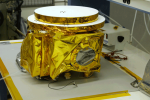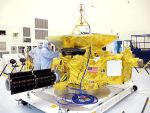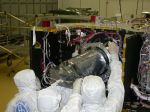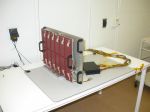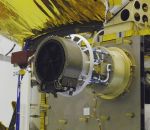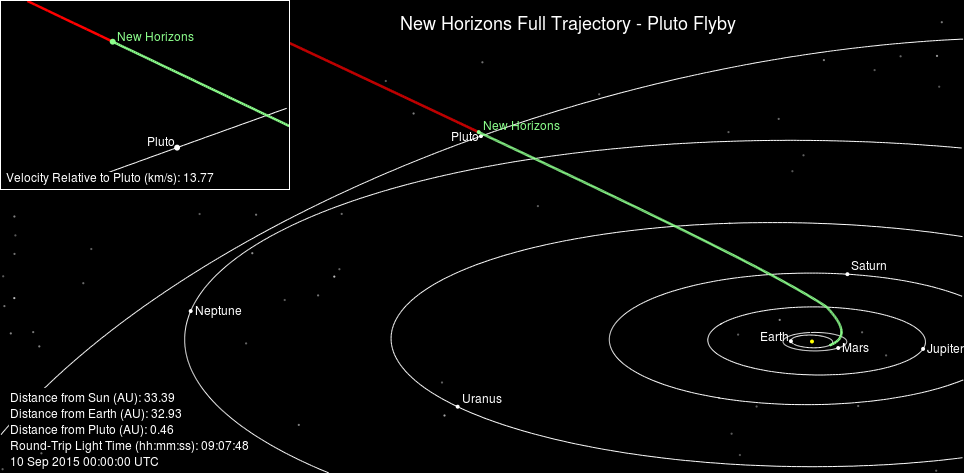Kelsey
Hey guys! It’s been a while. I’d like to direct this blog towards a more broad perspective –at least more broad than: “Why was that chapter relevant to our course?” With our final project ideas in mind, I think it makes sense to look at the application of different tactics by Dr. G in another classroom setting, or even simply in the real world. First, were there any questions on our second test that made you think, “This can’t be a science course.” Or simply one that made you think completely outside the box—your notes helped you start the logical process, but you ultimately had to take the reins (i.e. the question about another planet orbiting a star with a moon orbiting it, and we were asked to say something about the size of that planet or the sun)? Is this kind of question –Rani, trying to loop back to your blog topics here—truly summative? Or does Dr. G want more from us than just assessing or critiquing our intelligence? Now, to move beyond that question, what kinds of formative and/or summative “questions” do we face in everyday life? Would an atypical mindset be beneficial when taking her exams? Secondly, what is the value of a “real world” perspective in a course setting? You could argue that some of the questions Dr. G uses to assess us are application problems. What is your thought process when answering such questions? Do you think activities, like the colloquium we attended last Thursday, are applicable enough (to the course)? That is, was it relevant to our course, while at the same time a sufficiently unique and thought-provoking lecture in and of itself? I’m wondering how we should value application in a teaching setting. Dr. G uses applications all the time (i.e. practice in LT, speeches, hands on activities, videos, &c.). Some might find them helpful and constructive. Others may find them too wide and shallow. What do you guys think?
Chase
I would like to focus on the decision to attend the lecture regarding the possibility of life in the universe during class on Thursday. At the start of class on Thursday, many of us were surprised when Dr. G told us that we would be attending the lecture. We received our participation grade by writing down two or more things that we found interesting about the lecture. Do you think that it was the right decision to attend the lecture? I think that an argument can be made for both sides. It was a fortunate coincidence that the lecture occurred during our class and the material was very interesting and somewhat pertained to what we are studying. On the other hand, we have limited class time and we had a test only two classes later. Also, what do you think the primary purpose of the participation grade was? Dr. G could had everybody at the lecture sign our name but instead chose to have us write down things we found interesting/learned from the lecture. This could have been a way to ensure that students got the most out of attending the lecture by making us pay attention and actually think about the information we were given.



